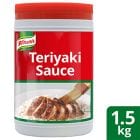Congratulations on turning your dream of owning a tapsilogan business into reality! Soon, you will welcome your first customers and introduce them to your delicious offerings. To kickstart this super exciting journey, follow the steps in this guide, complete with strategies to improve your 24/7 operations (para iwas stress!). Plus, get tips to unlock the full potential of your venture – kahit limited ang iyong puhunan.
Conduct Market Research

Study your competitors’ menus to find areas where you can stand out.
Filipinos of all backgrounds love breakfast silog meals. The hearty combination of salty-sweet meat, garlicky sinangag, and fried eggs is a favorite across the country. And it’s a source of sustenance at any hour of the day, mula almusal hanggang hatinggabi after a night of partying.
These sound like good news for your upcoming business – high potential, high demand, and high reward. But these realities also suggest stiff competition. So, sa simula pa lang, remember: You’re entering a crowded scene with many entrepreneurs already in the same business.
But don’t worry too much! Take time to study your market thoroughly and find ways to differentiate yourself. Conduct surveys to know your customers’ needs and gather data on existing competitors. Evaluate the strengths and weaknesses of their menus and services para malaman kung saan ka puwedeng umangat. Don’t be in a rush and take the DIY route! Once you have this information, you’re more prepared to make informed decisions.
Find the Perfect Location

Choose an area with many jeepneys, tricycles, or near a train station for easy accessibility.
As a startup, opening your tapsilog business in your garage is likely a top option, especially if you’re working with a minimal budget. Kaya lang, 24/7 na kainan ang bubuksan mo. In such a case, your ideal address should have high foot traffic at all hours.
Here are questions to ask when evaluating a potential location:
● Is the space near a school, hospital, factory, or transport terminal?
● Does it lie along a route frequented by buses, jeepneys, or tricycles?
● Malapit ba siya sa palengke, supermarket, or other food suppliers?
● Can you offer parking for cars, motorcycles, or bicycles?
● Maliwanag ba sa area even after midnight? Can you ensure round-the-clock security for your customers and staff?
● Is there no other 24-hour food establishment nearby?
If you answer “yes” to most of these questions, you’ve likely found an ideal spot for your tapsilogan business.
Create a Unique Selling Proposition (USP)
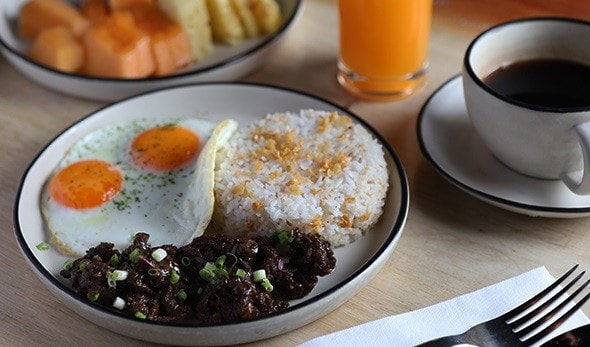
Experiment with your tapa recipe to create a signature flavor profile.
Differentiate your tapsilogan with offerings unique to your business. Consider expanding your tapsilog menu to include proteins beyond beef. Be creative! You can play around with your tapa’s flavor profiles; try a honey-sriracha-Knorr Liquid Seasoning marinade for something sweet-spicy or incorporate fresh calamansi juice for a zesty twist. Puwede rin ibahin 'yong side dishes; experiment with flavors, textures, colors, and temperatures.
Go beyond food, too. Think: free delivery service, fun food packaging, and kakaibang plating or presentation. Your USP doesn’t have to be extravagant; it just needs to leave a lasting impression on your customers.
Invest in Pre-owned Kitchen Equipment
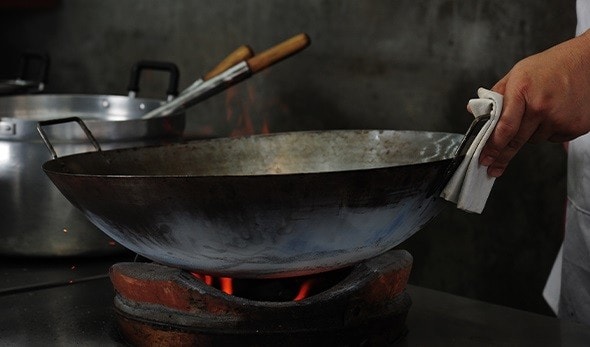
Cut expenses by purchasing pre-owned equipment from recently closed restaurants or hotels.
To save your budget, consider buying secondhand equipment from professional kitchens, restaurants, or hotels. Pre-owned equipment is more cost-efficient since it allows you to allocate funds to other critical aspects of your business. Prioritize essentials, including a stove, rice cooker, refrigerator, and freezer.
Hire Competent Staff and Establish Shift Rotations
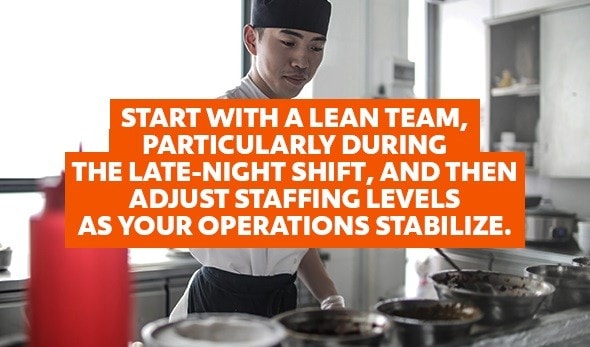
Use insights from your market analysis and sales forecasting to determine staffing needs and manage overhead expenses.
From your research and market analysis, dapat may idea ka na sa dami ng orders na makukuha mo every hour of the day. Based on this, you can determine the appropriate number of staff you need to hire and the specific skills they should have. For example, for your cook, hire someone na magaling magprito, magsaing, at mag-gisa.
Allocate more staff for peak hours, such as the 6 a.m. to 2 p.m. shift for breakfast to lunch. If necessary, hire extra helpers to cover the lunch rush from 10 a.m. to 2 p.m. Meanwhile, a lean team of one server-slash-cashier and one kitchen worker may suffice for the 10 p.m. to 6 a.m. shift.
Adjust staffing as your operations stabilize or depende sa seasonal demands. Ayusin din nang maigi ang shifting schedules to help you manage overhead costs and ensure employee satisfaction.
Improve Processes for 24-hour Operations
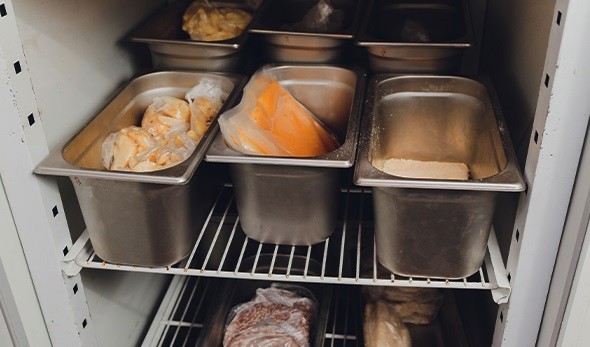
Organize ingredients in separate containers and pre-portion them into individual servings to quicken the cooking process.
Running a 24-hour business presents unique challenges compared to traditional restaurants with set operating hours. Para maging efficient ang pagpapatakbo ng iyong negosyo, train your staff to follow procedures throughout the day.
Include the following tasks in your tapsilogan business plan:
● Purchasing: Order stocks and supplies in bulk to prevent shortages. Also, set emergency purchasing protocols with your suppliers.
● Inventory management: Track and manage stocks and other supplies twice a week, ideally after peak hours.
● Food preparation: Pre-portion ingredients before peak hours to speed up the cooking process. Consider batch-cooking of your sinangag and other side dishes habang walang customers. You can also limit your menu during the midnight shift.
● Cleaning and sanitation: Schedule regular cleaning and sanitation of the dining area, kitchen, and restrooms at least twice a day during downtimes. Assign a staff member per shift to monitor cleanliness.
● Food delivery: Implement safety protocols for delivery drivers, especially at night. Gumamit ng packaging na safe pang-travel to keep meals fresh and intact.
Craft a DIY Brand Strategy and Marketing Plan

Post daily content on social media to maintain engagement with your audience.
Establish a strong presence for your tapsilogan business without breaking the bank by taking a DIY approach to branding and marketing. Unang-una, pumili ng business name na memorable, unique, and creative. Dapat obvious din kung ano ang iyong binebenta.
Next, choose your brand’s visual identity. To save on costs, use free design websites to create your logo, menu, and promotional materials. Make sure these appeal to your target audience and you maintain consistency across all collaterals.
To get the word out about your business and tapsilog menu, maximize social media, especially Instagram, Facebook, and TikTok. Share engaging promotional content daily, including photos and videos showcasing your offerings. For better visibility and expanded reach, partner with food delivery services like GrabFood.
Puwede ka rin gumamit ng discounts and promotions to attract more customers. Consider the following:
● Surprise the first 100 customers with free branded merchandise, like caps and umbrellas.
● Offer buy-one, take-one tapsilog during off-peak hours on weekdays.
● Serve unlimited garlic rice from 11 p.m. to 4 a.m.
● Give a free dessert for every order worth ₱500.
● Launch special tapa-based dishes, like pasta and sandwiches, for merienda.
Maximize the profitability of your tapsilogan business by following these strategies. Ok lang to start small because you can always refine your concept and expand as your business grows. Stay flexible and focus on optimizing costs. And give 100% attention to your product; make your tapa the best tapa a customer can enjoy, whether it’s 3 a.m. or 8 p.m.







